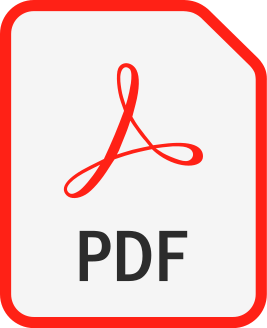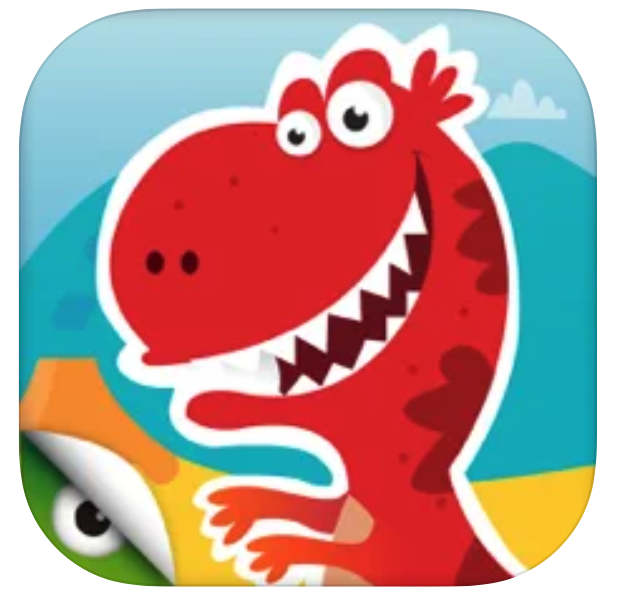Análisis del diseño interactivo de las mejores apps educativas para niños de cero a ocho años
2016Abstract
The proliferation of mobile devices and their use by children of all ages creates doubts about their quality and suitability among families and educators. In the absence of an agreed or official classification system for children’s applications, specialized websites or expert blogs are often consulted to choose the apps.
This article presents the results of a content analysis of the visual and interactive design characteristics of 100 educational applications recommended by international experts aimed at children between six months and eight years. The adaptability to the child target is also analyzed, based on an analysis sheet designed by four researchers. In order to seek and promote quality in mobile applications for children, this research is part of the studies of child-computer interaction (HCI-CCI) from a pedagogical and developmental psychology perspective. It wants to be a contribution on the key criteria in the design of children’s applications for entertainment and learning. The results of the statistical analysis indicate a low quality of the visual and interactive design of the sample and contents that reproduce the problems of the school curriculum. Even some applications that are characterized by adapting their content and design to the children’s target, also present errors that can hinder the user’s understanding and interactions.
Crescenzi, L. & Grané, M. (2016). Análisis del diseño interactivo de las mejores apps educativas para niños de cero a ocho años. Comunicar, 46, pp. 77-85. https://doi.org/10.3916/C46-2016-08

Download
Project


